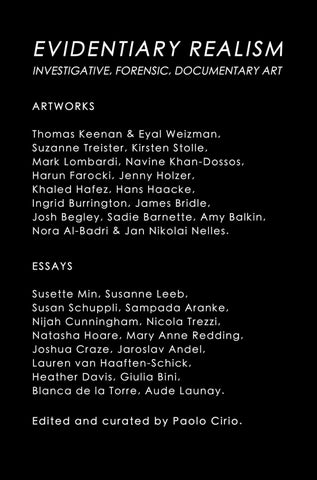
“Demonstration and Civic Art: Jenny Holzer’s Application of Language in Public Spaces and Galleries”

**Demonstration and Public Art: Jenny Holzer’s Linguistic Approach in Streets and Galleries**
Jenny Holzer, a notable name in modern art, has crafted a career centered around the impactful application of language to question, provoke, and inspire. With creations that merge protest and poetry, her text-centered art installations delve into power dynamics, social inequities, and fundamental truths about humanity. From electronic billboards in Times Square to stone benches in galleries, Holzer utilizes public spaces and minimalist aesthetics to convey messages that are both accessible and profound. Her oeuvre occupies the space where protest meets public art—prompting individuals to engage with uncomfortable realities in unexpected locations.
### Initial Works and the Rise of Truisms
Holzer began to earn acclaim in the late 1970s with her groundbreaking project “Truisms” (1977–79), a collection of aphoristic phrases disseminated via posters and wheat-pasted across New York City. These succinct, direct sentences (“Abuse of power comes as no surprise,” “Protect me from what I want,” and “Lack of charisma can be fatal,” among others) echoed the authoritative style of advertisements, government statements, and street propaganda. The vagueness of each truism—some resembling warnings, others societal standards—encouraged viewers to critically assess their own convictions.
Unlike conventional art confined to galleries and museums, Holzer’s Truisms infiltrated public awareness through the same urban environments utilized for commercial advertising. This reclamation of public space firmly positioned her work in the protest domain, transforming city walls into sites of contemplation and resistance.
### Technology and Public Interaction: LED Art
Holzer’s creativity reached new heights in the 1980s with her adoption of LED displays. Recognizing the ubiquitous nature of scrolling digital signage in urban settings, she took this medium—normally reserved for stock quotes, news flashes, or advertisements—and repurposed it to present unflinching political and existential commentary. Her 1982 work in Times Square, entitled “Survival Series,” showcased looping phrases that felt like orders or urgent reminders: “Protect me from what I want,” “Men don’t protect you anymore,” “Money creates taste.”
By inserting such impactful and poetic messages into one of the most commercial and high-visibility locations globally, Holzer disrupted the visual landscape of consumerism with text that called for deep consideration. It served as a form of peaceful dissent—subtle yet impossible to overlook.
### Galleries and the Sanctity of Space
While her creations frequently take the form of guerrilla-style messaging in public settings, Holzer also flourishes in the institutional realms of galleries and museums. In these spaces, she reimagines the sacred ambiance of artistic venues as platforms for social inquiry. One of her distinguished projects, “Protect Protect” (2008), showcased texts sourced from declassified U.S. government documents related to the Iraq War and prisoner mistreatment in various media: LED displays, painted canvases, and carved stone.
Within the quiet confines of the museum, Holzer’s messages ascend to the status of sacred texts, etched onto marble akin to monuments but with content that criticizes rather than venerates. The contrast between form and content—enduring stone inscribed with ephemeral, harsh documents—creates a palpable tension that urges the viewer to reckon with institutional violence and societal complicity.
### Projections as Public Testimonial
In recent years, Holzer has embraced large-scale projections as a medium, casting scrolling texts onto architectural surfaces and landscapes. In pieces like “For Athens” (2017), she projected ancient Greek poetry, philosophical texts, and contemporary testimonies onto the Acropolis. This fusion of enduring philosophical ideas and modern issues positioned the ancient city as a present-day platform for conversation.
Projection encapsulates impermanence—texts that come into view and vanish—mirroring the transient yet persistent essence of protest. These works frequently incorporate narratives from survivors of violence, building upon collaboration with human rights entities and establishing art as a touchstone for social remembrance and collective healing.
### Artistic Expression as Activism
What makes Holzer’s art resonate as activism is not its loudness but its clarity. Her language does not yell; it asserts, queries, and sometimes softly murmurs. She transforms the spaces we casually inhabit in daily life—from sidewalks and stadiums to museums and memorials—into venues for civic engagement.
While many protest artists depend on visuals, Holzer leans on the authority, ambiguity, and rhythm of language. Her art is inclusive; it requires no previous art education to engage with, only a readiness to read and ponder.
### Legacy and Ongoing Significance
In a time overwhelmed by scrolling displays, misinformation, and societal discord, Holzer’s unwavering, message-driven art regains its significance. Her work serves as a reminder that language transcends mere representation—it is a form of creation. It shapes our realities, delineates our relationships,